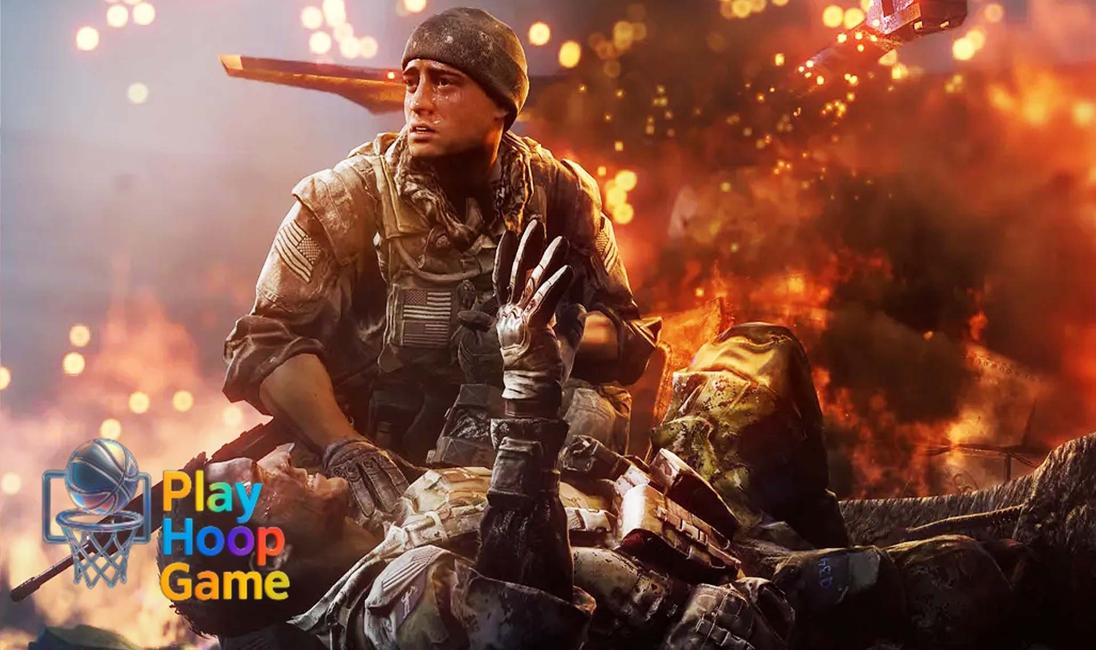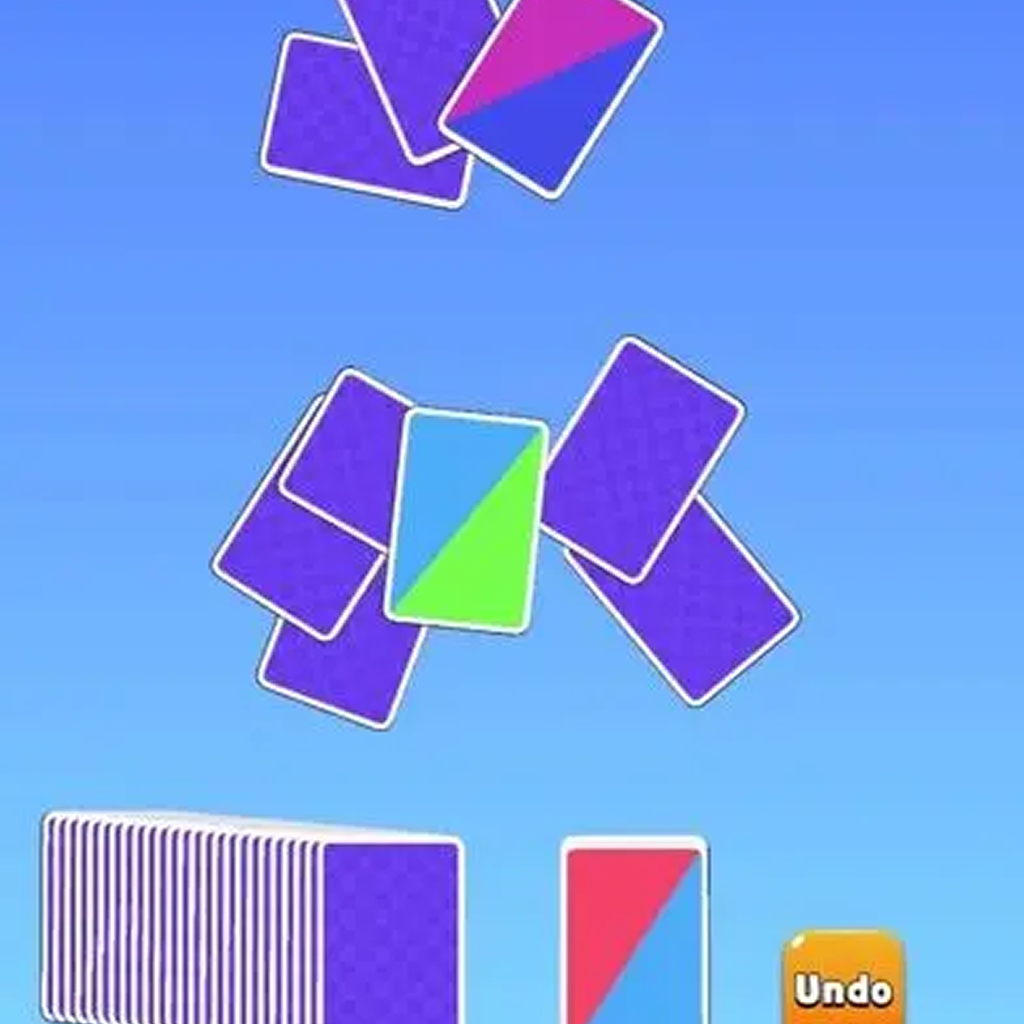There’s a feeling you get. A specific, almost instinctual sensation that longtime Battlefield players know in their bones. It’s the moment you load into a new map, take five steps out of spawn, and your brain just… rejects it. Something is fundamentally off. The flow is wrong, the sightlines are a mess, the whole rhythm of the fight feels like a song played in the wrong key.
That was my first five minutes with Rush in the Battlefield 6 beta.
And my next five minutes. And the hour after that. It was, to put it mildly, a hot mess. A chaotic, sprawling, utterly joyless slog that felt less like the tense, focused objective warfare I fell in love with back in Bad Company 2 and more like a headless chicken convention armed with rocket launchers. There were no front lines. No sense of a desperate push or a heroic last stand. It was just… noise.
Just a bunch of people running around a sandbox that was clearly, painfully, obviously designed for something else entirely.
So, Why Did The Beta's Rush Mode Feel So Genuinely Awful?
Okay, let’s get into the weeds here. The core of the problem wasn't a bug, or a glitch, or a balance issue you could tweak with a simple number change. It was a problem of philosophy. The beta map, Orbital, is a colossal playground built for the glorious, 128-player chaos of Conquest. It’s designed for sprawling, multi-front battles where squads create their own little pockets of action across a vast landscape.
Rush is the antithesis of that.
Rush is a surgical knife. It’s a focused, linear push-and-pull where the entire weight of the match is concentrated on two tiny little M-COM stations. The magic of a great Rush map is in its deliberate design—every piece of cover, every flanking route, every building is placed with the singular goal of making the attack and defense of those objectives a dramatic, heart-pounding experience. It's a game of inches, not miles.
Trying to cram that experience into a tiny, cordoned-off section of a massive Conquest map is like trying to play a game of chess in the middle of a stampede. It just doesn’t work. Attackers would spawn from every conceivable angle, defenders had no clear front to hold, and the M-COMs themselves often felt like they were just randomly dropped in an open field. The whole thing had the tactical depth of a round of Temple Run 2, except with more explosions and far more frustration.
I initially thought this was a sign of a deep, rotational decay in the series. A fundamental misunderstanding of what made a classic mode tick. But then, after the frustration subsided, a different thought bubbled up. Wait a minute… this is a beta. It’s supposed to be a bit broken.
The Good News: EA Knows Rush Sucks In The Battlefield 6 Beta And Is Already Fixing It
And here’s the crucial part. The part that pulled me back from the brink of total cynicism.
They know. EA and DICE, they know it was bad. They saw the same things we did.
This isn't just wishful thinking. In the aftermath of the beta, the developer blogs and community feedback roundups were surprisingly candid. While they celebrated the things that went right (and some things, to be fair, felt great), they didn't shy away from the criticism. They heard the feedback on Rush loud and clear. The word from behind the curtain is that the version we played was a very rough, almost makeshift implementation, basically to test server load and basic mechanics on that mode type. It wasn't the final vision.
Let me rephrase that, because it’s important. We weren’t playing a finished product; we were participating in a large-scale stress test. And the feedback we all screamed into the void? It was data. Valuable data. It confirmed their internal suspicions and gave them the ammunition needed to go back to the drawing board and dedicate resources to doing it right.
This is the modern reality of game development, and honestly, it’s a good thing. It’s a relief. It means the passion of the player base isn’t just shouting into an empty room. It’s an active part of the refinement process. It shows that they understand that for a huge chunk of the veteran community, if you don't get Rush right, you haven't made a true Battlefield game. It's not just another mode on a playlist, like some random title you'd find browsing a casual gaming site; it's a pillar of the franchise's identity.
What Could a "Fixed" Rush Even Look Like?
So what does "fixing it" mean? My hope—and the hope of many others—is that it means bespoke map design. It means that for the full release, Rush won't just be played on awkwardly sliced-off portions of Conquest maps.
Think about it this way. The best Rush maps of all time—Arica Harbor, Valparaiso, Damavand Peak—were built for Rush first. They had a natural, almost narrative flow from one set of objectives to the next. They used terrain to create chokepoints and wide flanking routes. They were handcrafted. That’s what we need.
Perhaps for the massive 128-player maps, they'll create heavily modified, custom-tailored sections that feel like their own distinct maps, with new boundaries and object placement that actually make sense for a 32 or 64-player linear mode. Or, even better, maybe we'll see the return of some smaller, infantry-focused maps built from the ground up specifically for Rush and other objective modes. A guy can dream, right?
The point is, the beta wasn't a death knell. It was a diagnostic test. And the patient, while definitely sick, got a clear diagnosis. The treatment is on the way. The chaotic, endless running of the beta's Rush felt aimless, a stark contrast to the focused, objective-driven gameplay of something as simple as Subway Surfers. We need that focus back. The fixes are coming, and for the first time since that disastrous first match, I’m genuinely optimistic about parachuting onto an M-COM station again.
Frequently Asked Questions About the Battlefield 6 Beta
So, was the whole Battlefield 6 beta a complete disaster?
Not at all! That's a common misconception. While certain aspects, like the Rush mode we've been talking about, were definitely rough, other parts showed immense promise. The gunplay felt weighty and satisfying, the sheer scale of the 128-player battles was incredible, and the "Portal" mode's potential is off the charts. Betas are for finding the broken stuff, and they certainly found it.
What exactly was so wrong with Rush mode in the beta?
In short, the map wasn't designed for it. They tried to fit a small, focused, linear game mode into a small section of a gigantic map built for all-out warfare. This resulted in terrible spawn points, no clear frontlines, and a chaotic, unfun experience for both attackers and defenders.
Why do developers even release betas if they know things are broken?
It's all about data and scale. They can test things internally with a few hundred people, but they'll never find all the problems that millions of players will uncover in a weekend. It's a massive stress test for servers, a way to gather feedback on game balance from a huge audience, and to confirm (or deny) their own internal feelings about what is and isn't working.
Is there official confirmation that EA knows Rush sucks in the Battlefield 6 beta and is fixing it?
Yes, absolutely. While they might not use that exact wording, EA and DICE developers have explicitly acknowledged the negative feedback on Rush in their post-beta blog posts and on social media. They've stated that they're taking the feedback to heart and that the version in the beta wasn't representative of the final quality they're aiming for at launch.
Will my progress from the beta carry over to the full game?
Nope. This is standard practice for almost all game betas. The beta is a separate, temporary build of the game. All progress, unlocks, and stats are wiped clean so that everyone starts fresh on a level playing field when the full game launches.

























